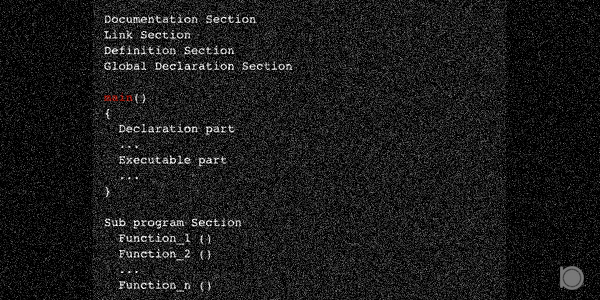Before reading this guide see my previous article on Introduction to programming language which will help you to understand this guide.
C programming language was developed by Dennis Ritchie between 1969 and 1973 at Bell Labs. C is a general-purpose, procedural programming language. It is one of the most popular computer languages today because of its structure, high-level abstraction, machine independent feature etc. C language was developed to write the UNIX operating system, hence it is strongly associated with UNIX, which is one of the most popular operating system today. Other than OS design it is use to create Text Editors, Compilers, Network Drivers, and many more. Some of the popular examples of softwares created using C language are:
- UNIX
- C++
- PHP
- GCC
- GIMP
- OpenGL and many more…
Features of C programming language
- C is highly portable this means that programs once written can be run on another machines with little or no modification.
- we can split the C program into no. of modules instead of repeating the same logic statements (sequentially). It allows reusability of modules.
- C language is the most widely used language in operating systems and embedded system development today.
- It supports the feature of dynamic memory allocation.
- The compilation and execution time of C language is fast.
- C provides the feature of pointers. We can directly interact with the memory by using the pointers.
- C is the bridge between the assembly and high level language therefore we can access the features of both the world.
- C language is case-sensitive.
Advantages of C programming language
- C language has a rich library which provides a number of built-in functions.
- It also offers dynamic memory allocation using pointers.
- C Language syntax is very easy to understand.
- C compiler produces machine code very fast compared to other language compilers.
- C is a machine independent language.
